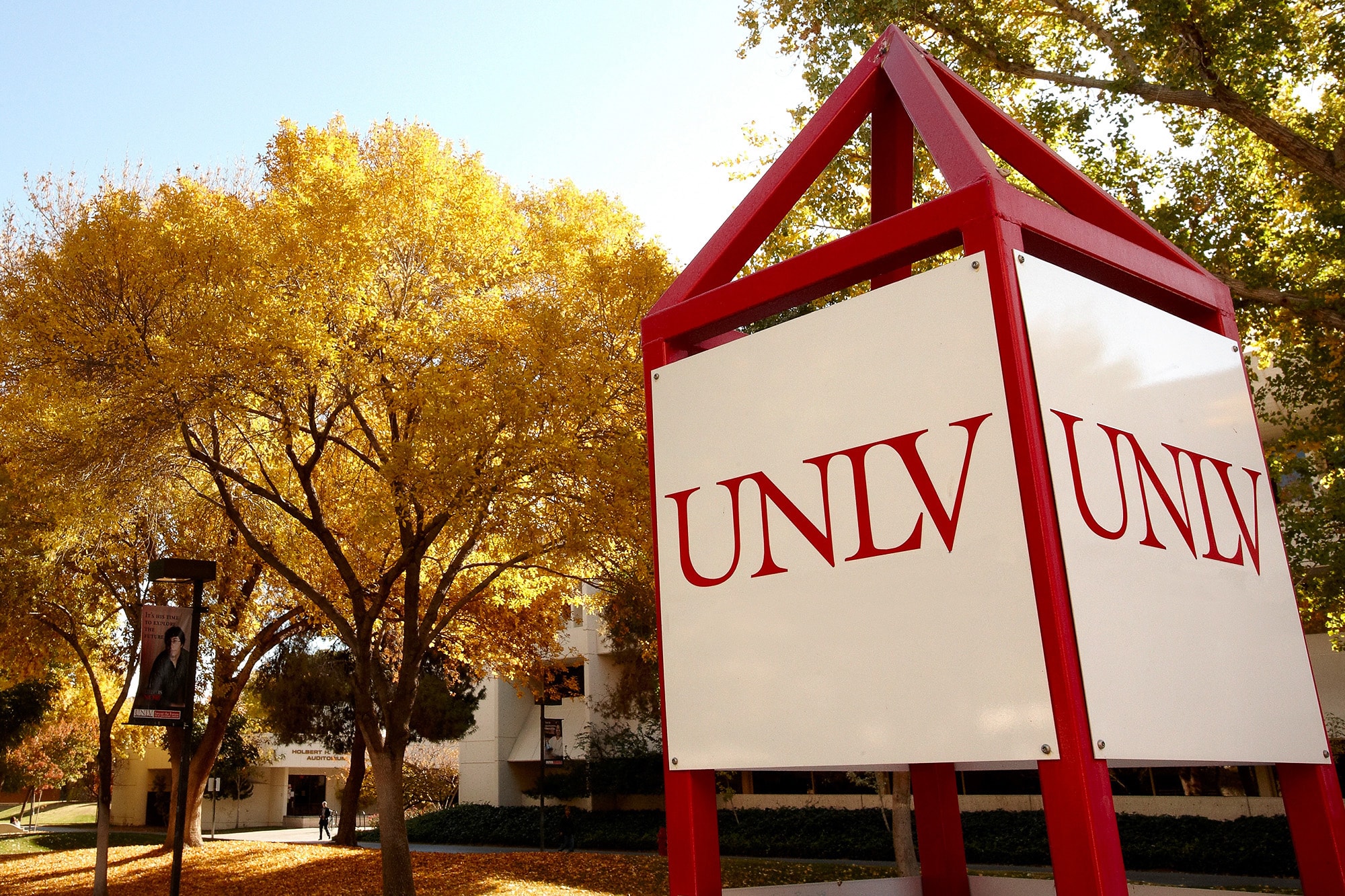Replacing natural grass with artificial turf on recreational fields and parks is a successful water conservation method that has saved municipalities across the country millions of dollars in maintenance and irrigation costs. However, a new study finds that surface temperatures on artificial turfgrass far exceed those of other surfaces, significantly limiting recreational use during the summer months.
Researchers from the University of Nevada, Las Vegas (UNLV) and the Desert Research Institute (DRI) found the maximum surface temperature of green artificial turfgrass was approximately 69 degrees F higher than that of irrigated natural grass, and 62 degrees F higher than air temperature. The study, which was conducted between August 2006 and March 2007, recorded maximum surface temperatures as high as 169 degrees F, or 46 degrees higher than what previous research has determined to be the threshold for safe extended use. What's more, the study did not record data during the two hottest months of the year.
"Surface temperatures during the summer months could entirely preclude recreational use on artificial turfgrass during daytime hours, thereby offsetting any benefits realized by reduced irrigation," said Dale Devitt, professor of soil and water in UNLV's College of Sciences. "Green artificial turfgrass reacted much more quickly to solar radiation than did any other surface in our study, including concrete, asphalt, natural grass, and white artificial turfgrass."
The researchers collected data on surface temperature, spectral reflectance, solar radiation and air temperatures associated with different landscape surfaces at a Las Vegas city park and an artificial turfgrass system at the UNLV greenhouse complex. They also monitored the amount of energy absorption and heat distribution within a test plot of artificial turfgrass installed and maintained by the City of Las Vegas Department of Park Maintenance.
The results show that the rapid increase in surface temperature of artificial turf can be attributed primarily to solar radiation as opposed to air temperature, and that a lack of heat transfer from the plastic turfgrass blades to underlying fill material was also a factor. While these findings suggest product material and construction are contributing causes for the elevated temperatures, the researchers note that the study was only conducted on one kind of artificial turfgrass and acknowledge that results might differ with other artificial turf grass products.
Devitt cautions that this study is not intended to provide a rationale against the use of artificial turfgrass, but rather a caveat to park managers who must choose from myriad products on the market. He encourages managers of recreational fields to investigate all available products before purchasing artificial turfgrass and to consider using more reflective colors to help minimize surface temperatures.
"The massive amount of water savings attributed to the use of artificial turf cannot be disputed," said Devitt, who is also director of the UNLV Center for Urban Horticulture and Water Conservation. "This research shows that improvements to the product are critical if we are to continue using artificial turf as both a water conservation tool and as a playable surface for our parks and sporting fields."
Michael H. Young, associate research scientist at DRI, and UNLV graduate students Malika Baghzouz and Brian Bird also contributed to the study. The study was published in Volume 83 of the Journal of Turfgrass and Sports Surface Science and was funded in part by the City of Las Vegas. Copies of the full report are available upon request.



